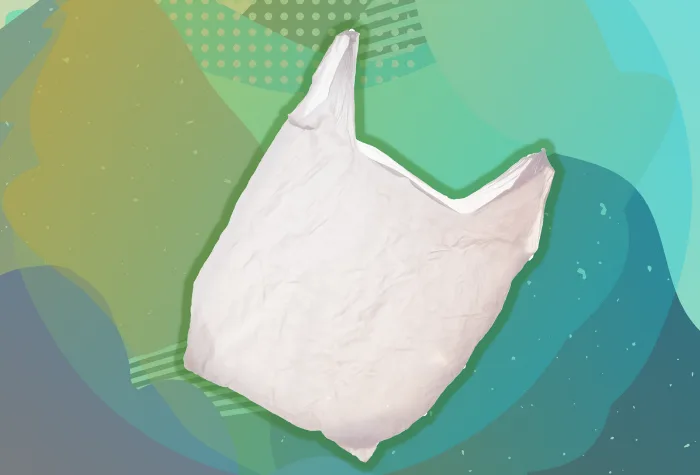
Plants and animals found living on giant plastic island
There's a lot of plastic in the ocean - with about 14 million tons entering waterways each year.
In the North Pacific, there lies a giant garbage patch made up of plastic waste. The floating island weighs about 80,000 tons and covers an estimated surface of 1.6 million square kilometres - that's twice the size of Texas and three times the size of France.
Plastic islands form when surface currents push trash from the coast into regions with rotating currents, where they become trapped. The pile grows over time as more and more waste accumulates.
The world has at least five such mounds, with North Pacific's 'Great Pacific Garbage Patch' between California and Hawaii being the largest.
Experts are keeping an eye on these environmental disasters, trying to devise ways to tackle the problem.
Now, in a new commentary piece published in the journal Nature Communications, scientists have found that marine species have begun to colonize on the plastic.
That's not a good thing, the paper's authors say.
"The issues of plastic go beyond just ingestion and entanglement," Linsey Haram, lead author of the article and former postdoctoral fellow at the Smithsonian Environmental Research Center (SERC), said in a statement.
"It's creating opportunities for coastal species' biogeography to greatly expand beyond what we previously thought was possible."
Scientists first suspected creatures could use the plastic to survive in the open ocean in 2011, following the Japanese tsunami. In the years that followed, nearly 300 species were found clinging to various pieces of tsunami debris that floated across the Pacific, some finding their way into North America, invasive species in tow.
But sightings of animals on plastic in the open ocean have been rare, the study's authors say.
For their paper, Haram worked with a non-profit called Ocean Voyages Institute, which collects plastic pollution, and a duo of University of Hawai'i oceanographers named Jan Hafner and Nikolai Maximenko.
Using prediction models created by Hafner and Maximenko to pinpoint where plastic was most likely to accumulate in the Great Pacific Garbage Patch, the Ocean Voyages Institute set out to collect trash - more than 103 tons of it during the first year of the pandemic alone, the authors say.
Some of those samples were shared with Haram. Analysis revealed the colonization of several coastal species, including "anemones, hydroids, and shrimp-like amphipods" which appear to be "thriving" on the trash island.
"The open ocean has not been habitable for coastal organisms until now," SERC senior scientist Greg Ruiz said.
"Partly because of habitat limitation -- there wasn't plastic there in the past -- and partly, we thought, because it was a food desert."
Clearly - that is not true. Scientists are now observing plants and animals in a new habitat, and they're somehow managing to sustain themselves. A problem arises when one considers the native species that colonize on floating debris in the open ocean. Having to compete with new coastal species could disrupt the ecosystem, Haram says.
The plastic, which originates from different points around the world, also raises the risk of transporting invasive species, not unlike the situation that occurred with the tsunami debris.
The next step, scientists say, is to dive deeper into these open ocean colonies and find out what makes them tick and what risks they may pose to local ecosystems.
"Coastal species are directly competing with these oceanic rafters," Haram said.
"They're competing for space. They're competing for resources. And those interactions are very poorly understood."
Thumbnail image created by Cheryl Santa Maria. Plastic bag: Sarah2/CanvaPro






